Designing a Modern Office Space: Creating an Efficient and Inspiring Workplace
Designing an office space for a modern company is a critical task that requires a balance between functionality, aesthetics, and the well-being of employees. A well-designed office not only boosts productivity but also reflects the company’s brand and culture. Here’s how to design an office that meets these goals.
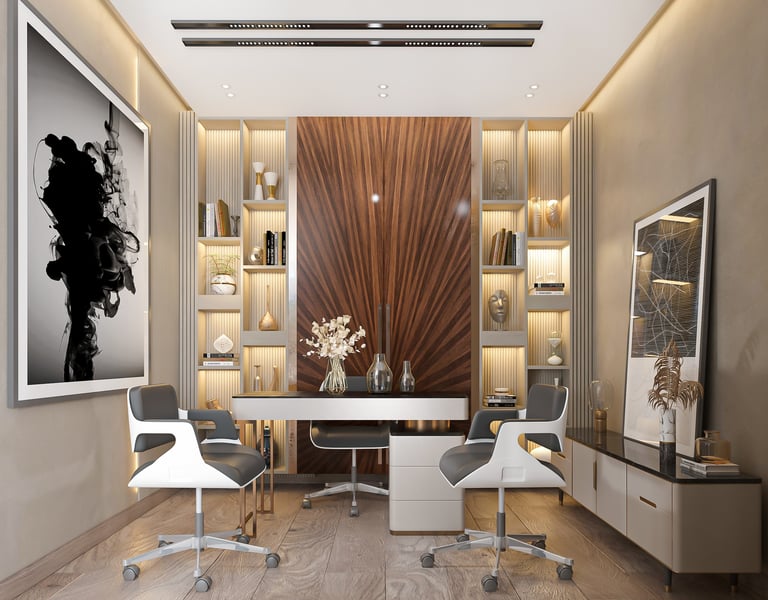

Understand the Company’s Needs:
Before starting the design process, it’s essential to understand the company’s specific needs. This includes the number of employees, the type of work being done, and any special requirements such as meeting rooms, collaboration spaces, or private offices. Understanding the workflow and communication patterns will help in creating a layout that enhances productivity.
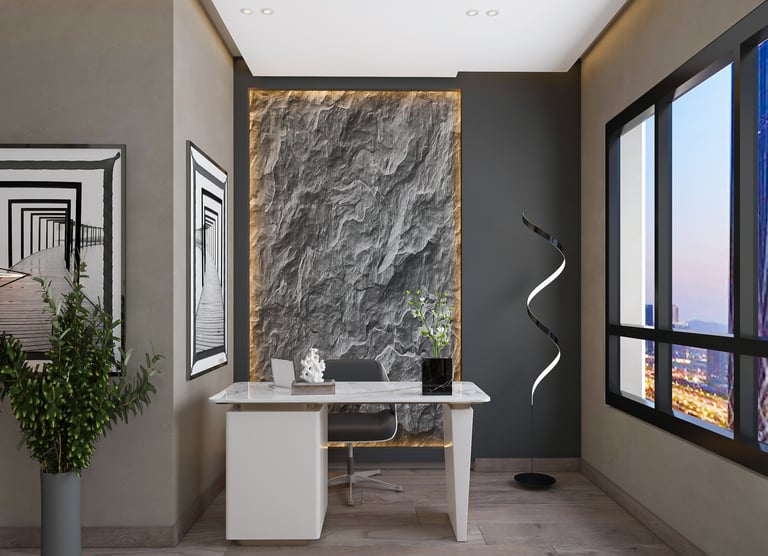

Plan an Efficient Layout:
The layout is the backbone of office design. An open-plan layout is popular for fostering collaboration and communication among employees. However, it’s important to also include private spaces or quiet zones where employees can focus on tasks that require concentration. The layout should be flexible to accommodate future growth or changes in the organization.
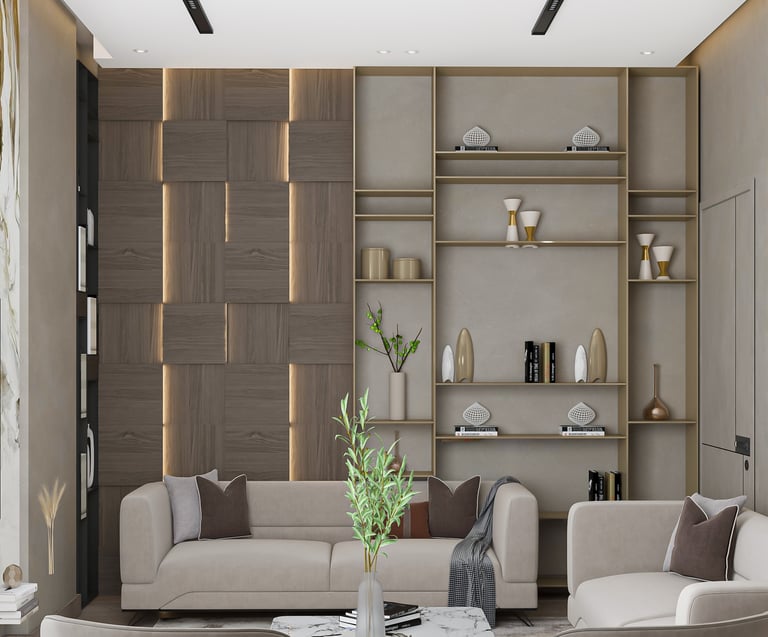

Choose the Right Furniture:
Ergonomic furniture is crucial for employee comfort and health. Invest in adjustable chairs, desks, and monitor stands to ensure that each employee can work in a position that supports good posture. Furniture should also be versatile and adaptable to different work styles, allowing for both individual and collaborative work.

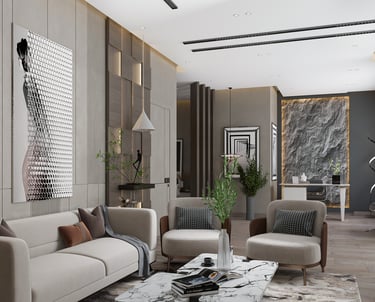
Reflect the Company’s Brand and Culture:
The design of the office should reflect the company’s brand identity and culture. Use the company’s colors, logos, and branding elements in the decor to create a cohesive look. The office design should also embody the company’s values, whether that’s innovation, sustainability, or creativity, making the space feel unique and aligned with the company’s mission.

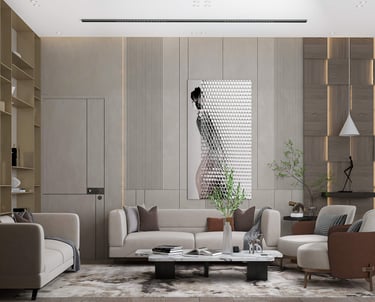
© 2025. All rights reserved.Ikc studio
The website was designed and marketed by el-Wastawea
COMMERCIALS & Admin projeet
I K C S T U D I O
INTERIORS DESIGN
EXTERIOE & LAND SCAPE PROJECT
FINISHING AND CONSTRUCTION
